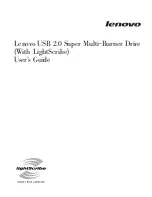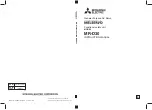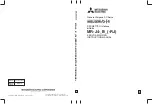
7 | Project configuration
STOBER
78
02/2019 | ID 442728.05
7.2
DC link connection
Braked motors work like generators: Operating with an active drive controller, they convert
kinetic energy from movement into electrical energy. This electrical energy is stored in the DC
link capacitors of the drive controller. It is supplied to powered motors with connected DC links
and thus used efficiently.
The DC link voltage increases when a motor decelerates. However, capacitors in the DC link
can only accept a limited amount of energy. If the DC link voltage rises above a defined limit, a
chopper circuit is activated that converts the excess energy into heat by means of a connected
braking resistor. If the permitted maximum voltage is reached, any possible damage must be
prevented. The drive controller switches to the
FAULT
state and shuts down. In a DC link
connection, the DC link capacitors of the drive controllers involved are connected in parallel. As
a result, the maximum acceptable amount of energy increases in the DC link.
7.2.1
Information on design and operation
In order to connect the capacitors of multiple drive controllers, you need a separate DL6B type
Quick DC-Link module for each drive controller and every supply module in the group.
Information
Note that Quick DC-Link can be subject to system or country-specific standards.
Electrical data of the drive controller
For the design and the operation of the Quick DC-Link, the electrical data of the individual drive
controller and supply module types must be observed, particularly the following:
§
Self-capacitance C
PU
of the drive controllers
§
Charging capacity C
maxPU
of the supply modules
§
Nominal input current I
1N,PU
of the supply modules
§
Derating of the nominal input current
The values can be taken from the technical data of the drive controllers and supply modules.
Maximum voltage and maximum current
The maximum DC link voltage is 750 V
DC
and the maximum permitted overall current is 200 A.
















































